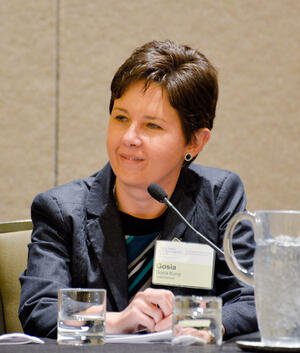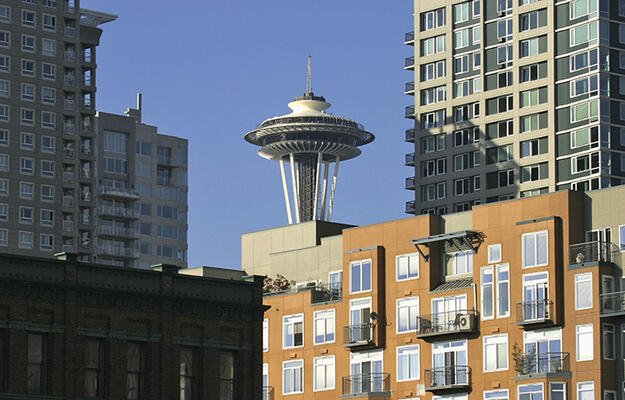Shared-Use Agreements Open Wellness Opportunities Near Housing
Connecting housing to the broader community is essential to creating and sustaining healthy communities, according to several speakers at the Terwilliger Center for Housing’s 2014 Housing Opportunity conference. Presenters included Gosia Kung of Walk Denver; Marisa Novara of the Metropolitan Planning Council in Chicago; and Robert Ogilvie of ChangeLab Solutions.
Kung discussed Walk Denver‘s goal of making Denver the most walkable city in the United States— an achievement that she says would improve the health and happiness of its residents and allow local businesses to thrive financially. Novara spoke of Metropolitan Planning Council’s work to find solutions for community challenges, especially in creating robust transportation options and vibrant neighborhoods.
The presentation that garnered the most attention was the question and answer period with Robert Ogilvie, PhD, vice president for strategic engagement at ChangeLab Solutions. Based in Los Angeles, ChangeLab Solutions works on laws and policies to improve health and quality of life in communities. Ogilvie discussed shared-use agreements, particularly for school play yards, to increase physical activity options for kids living in neighborhoods with little access to parks, playgrounds or other exercise space.
Shared-use agreements, like those advocated by ChangeLab Solutions, allow underserved communities to unlock the gates to school playgrounds and other recreational spaces that are already paid for by residents’ taxes. At a time when local budgets are tight, communities can increase access to much-needed physical activity space without incurring the expenses of developing a new park or renovating an existing space. In doing so, community partners assume much of the responsibility.
“When we’re talking shared use here, we’re not usually talking about just throwing the gates open,” said Ogilvie in an interview after the conference. “We’re talking about taking that term shared seriously and having a partner organization…assume responsibility for the property after school hours. It’s good for the school site, as well, because there’s a partner who brings some resources to the table to help maintain, supervise and use the facility.”
School playgrounds aren’t the only examples of successful shared-use agreements, either. Otherwise underserved residents have gained access to food gardens, commercial kitchens, and public libraries under these agreements—leading to improved health and well-being for the community at large.




